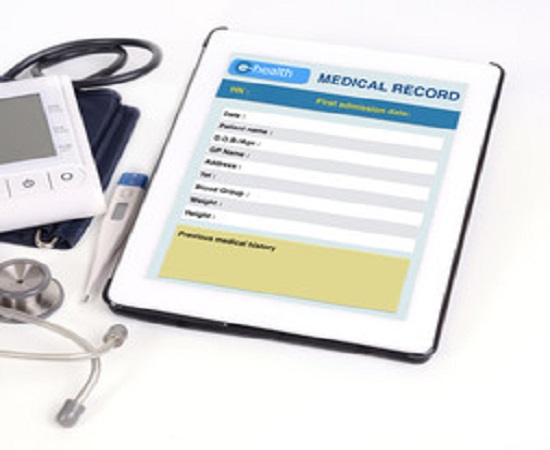
Certified by the American Board of Surgery, Dr. Pachavit Kasemsap is the former medical director of WellMed Medical Group. In that role, Pachavit Kasemsap, MD, maximized outcome among independent physician groups through collaboration with the operations and provider relations staff, mentoring and maintaining continuous communication with contracted physicians, and recruiting new medical directors. He also raised CMS Star rating to 4.5.
Launched in 2007, the Centers for Medicare and Medicaid Services (CMS) Hospital Star Rating System helps consumers better understand the performance rates of nearby health facilities. The ratings are available on the CMS Hospital Compare website. CMS Star Ratings help give patients a prior knowledge of the quality of care offered at local health facilities and the chance to compare the quality of service offered by one with another.
CMS calculates hospital star ratings from data collected from the hospitals; Outpatient Quality Reporting OQR and Inpatient Quality Reporting. Hospitals have to provide a minimum of three measures within a minimum of three measure groups, which must include one outcome group (readmission rate, patient safety, or mortality) to be eligible for an overall CMS rating. Other performance areas include timeliness of care, patient experience, and effectiveness of care.








